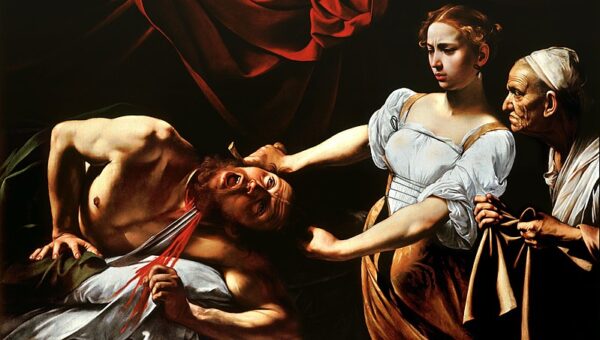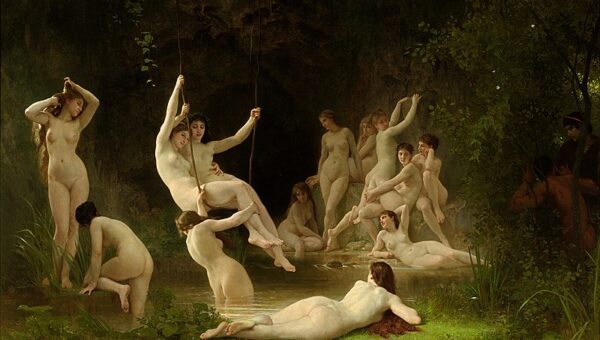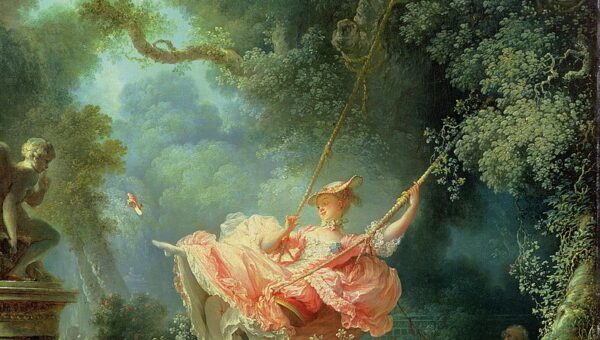
Neoclassicism
The new creative movement in the art of the second half of the 18th century, and the early nineteenth century, was neoclassicism, which took the place of the sumptuous Rococo style. At its heart lay the classic traditions of classical painting and the artistic creativity of the Renaissance era.
Neoclassicism is generally thought to have consisted of two periods: an early period, from 1760 to 1780, and a middle and late period, from 1780 to 1830.
The strongest manifestations of the style were seen in Britain, France and Germany. Notable representatives of the artists of this period are Jean-Louis David and Antonio Raphael Mengs.

Distinctive traits
The new style was a counterweight to the excesses of the existing styles, Baroque and Rococo. The paintings painted in the neoclassicist style looked more truthful and natural.
The new style of painting was based on certain key principles:
-It portrayed people taken from classical painting or mythology. Attention was paid to being accurate in the portrayal of historical dress and the historical accuracy of the subject matter.
-Exact proportions were complied with in the depiction of people and objects – the proportions are perfect.
-There are no extraneous details in the interiors around the characters in the paintings.
-The composition is built in a linear way and the subject lines are developed in a dynamic way.
-Restrained, lighter shades are used: light blue, gold, beige, soft greens. Light and shade are used to strengthen the dramatic effect.
-The figures are light and elegant.
Neoclassicism developed during the time of the Enlightenment, and the paintings by the masters from that period demonstrate rationality, moderation and an academic approach, rather than sensitivity and an approach based on emotions.

Early neoclassicism
This movement dates from 1760 to 1780. It took shape on the basis of the best traditions of classical art. The thing that prompted this new movement was teh discovery and in-depth study of the artistic legacy of the Ancient Greek and Ancient Roman periods. The digging up of the towns of Herculaneum, in 1738, and Pompeii, in 1748, which had fallen victim to natural disasters, could only provide architectural and sculptural models. The most important and influential document when it came to the development of the new movement was the work of the German art historian Winckelmann, who published a book on ‘The Ruins of Herculaneum’, and argued in favour of “copying the ancients”.
The main subjects for artistic works were classical Biblical themes and mythology, and portraits. The faces on the canvases acquire an inner strength.
The most famous works from the early period are ‘Don’t touch me’, ‘Sybil’ and ‘John the Baptist in the Desert’ by Antonio Raphael Mengs, ‘Greek Woman in the Bath’ by Joseph-Marie Vien, and a painting by his pupil Jacques-Louis David, ‘The Death of Marat’.

The late period
This is generally though of as having lasted from 1780 to 1830. Greater restraint and expressiveness can be seen in the subject matter. A distinctive characteristic of the artistic canvases of the late period is the advanced technical expertise, the precision of the forms, the beauty of the figures. The main neoclassical artist is Jacques-Louis David, who took his subjects from the history and culture of Ancient Rome. And also: Anne-Louis Girodet de Trioson, who later moved towards Romanticism, Jean Auguste Dominique Ingres, with his academic painting style, and Angelika Kauffman, the Swiss artist who founded the Royal Academy of Arts in London.







